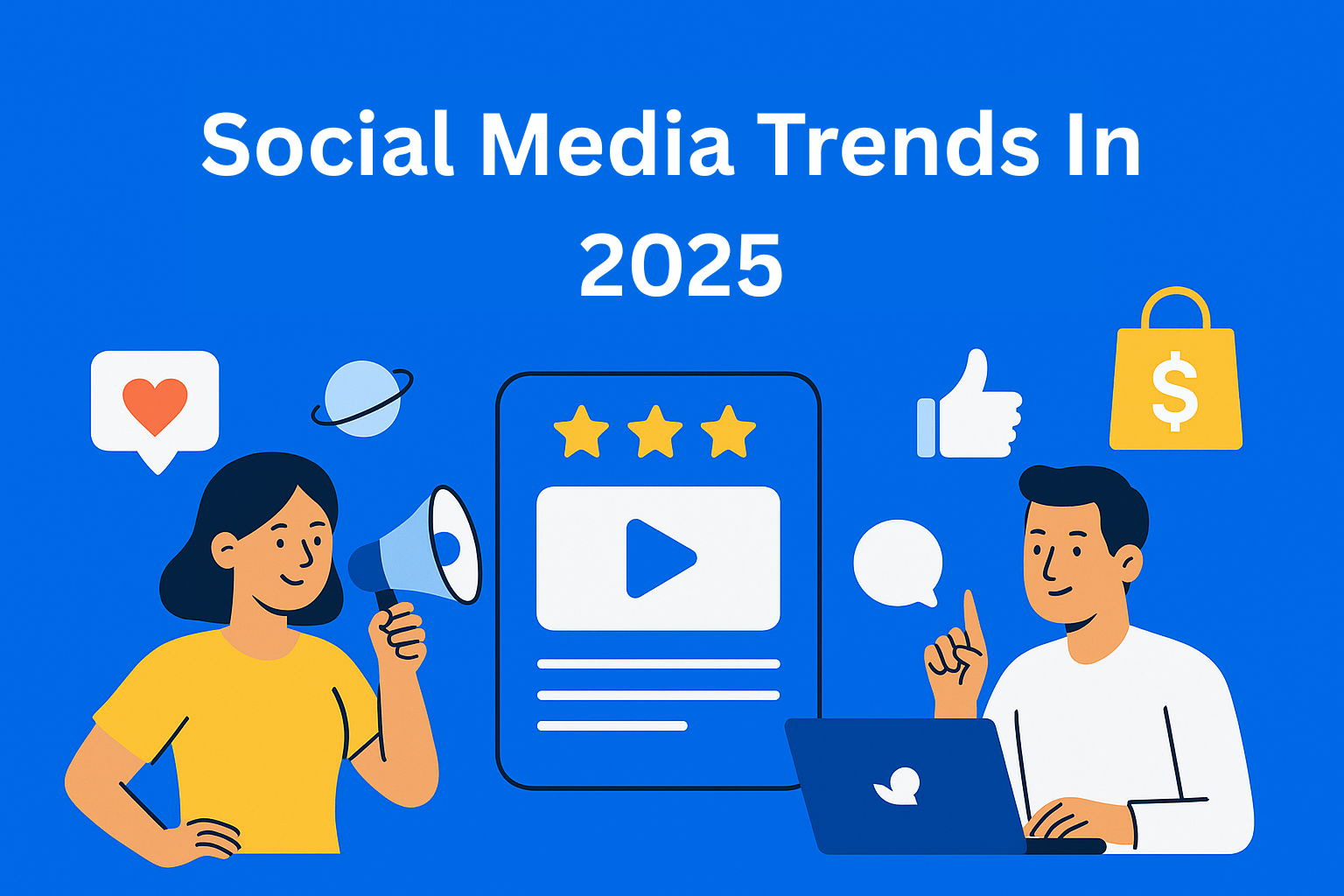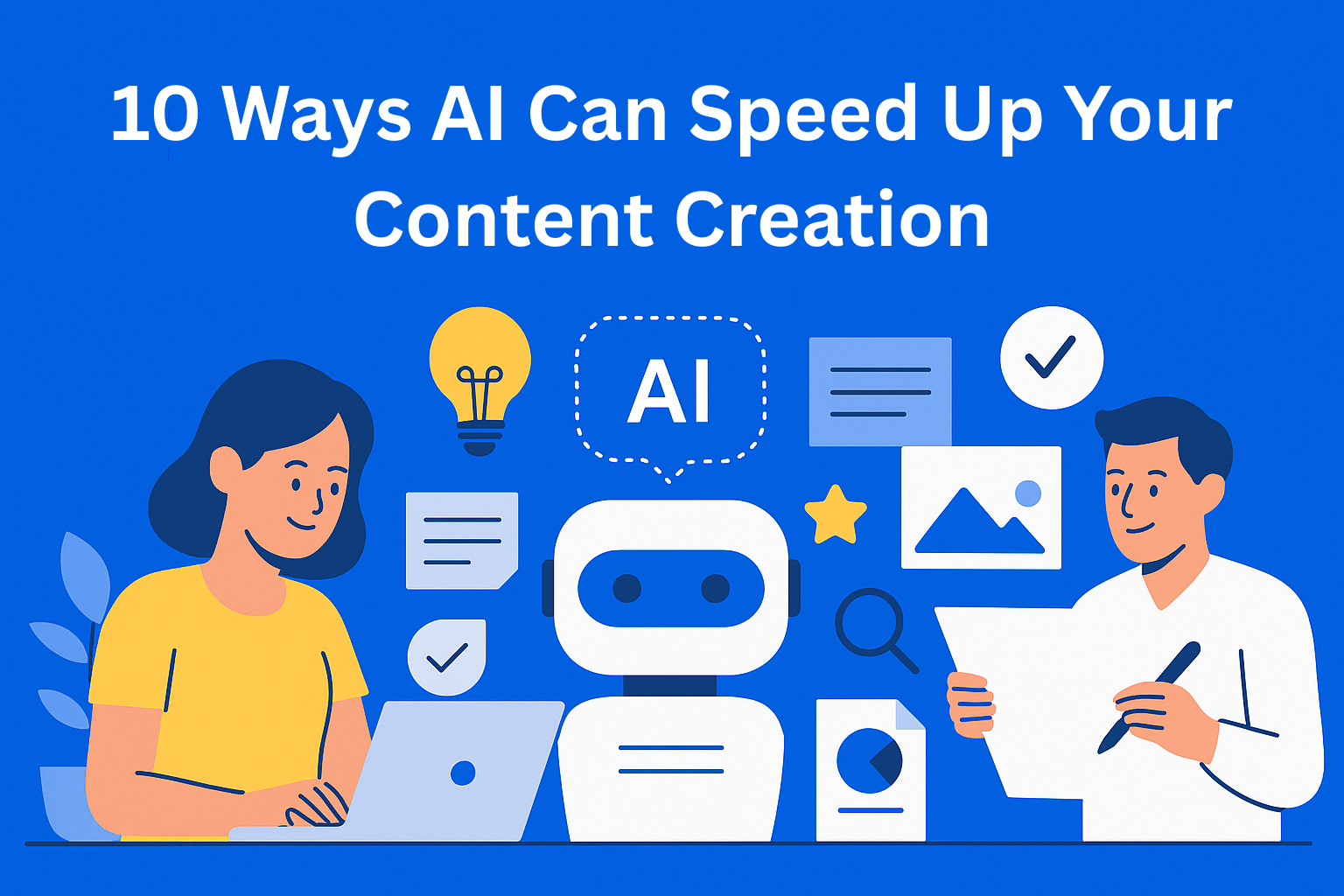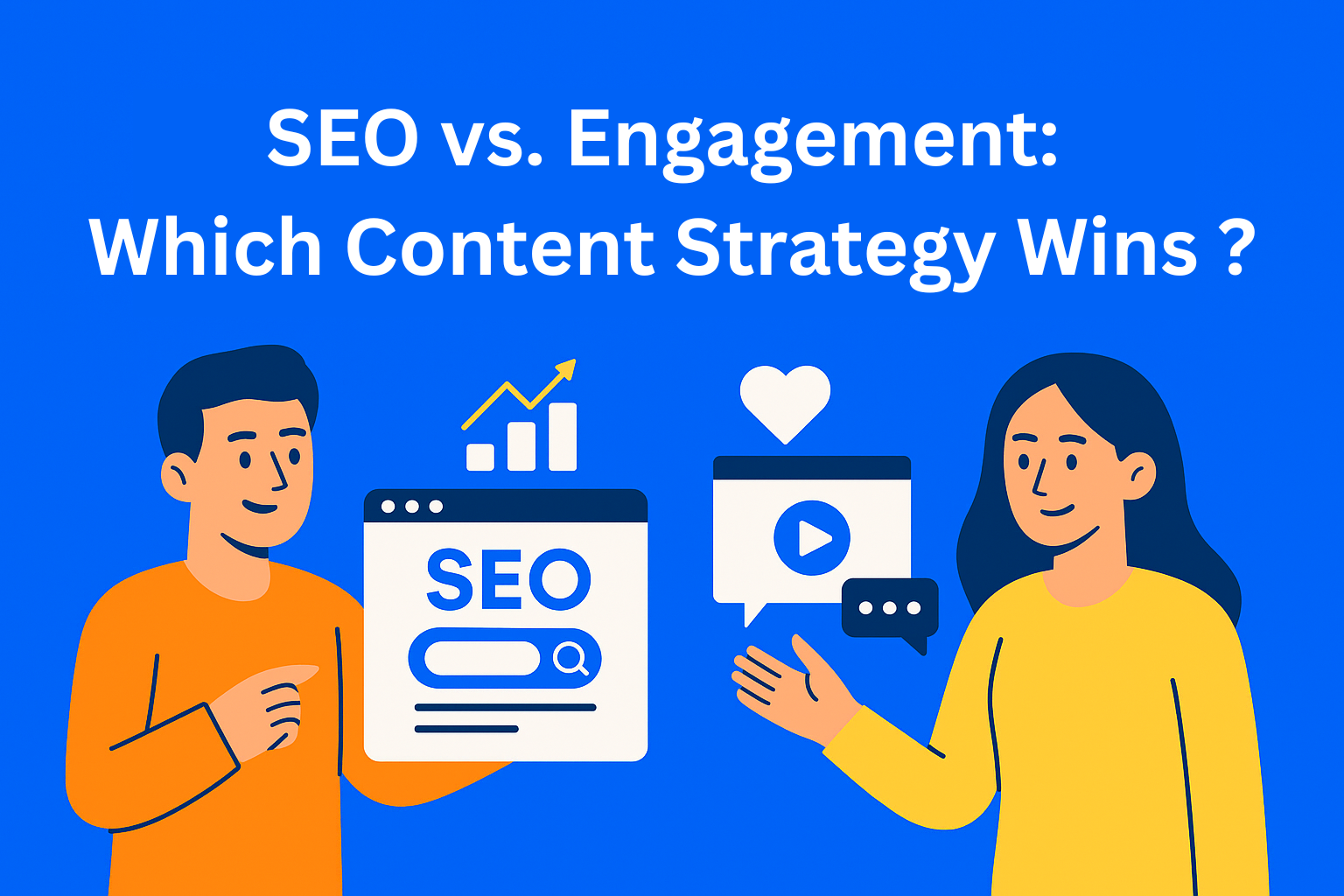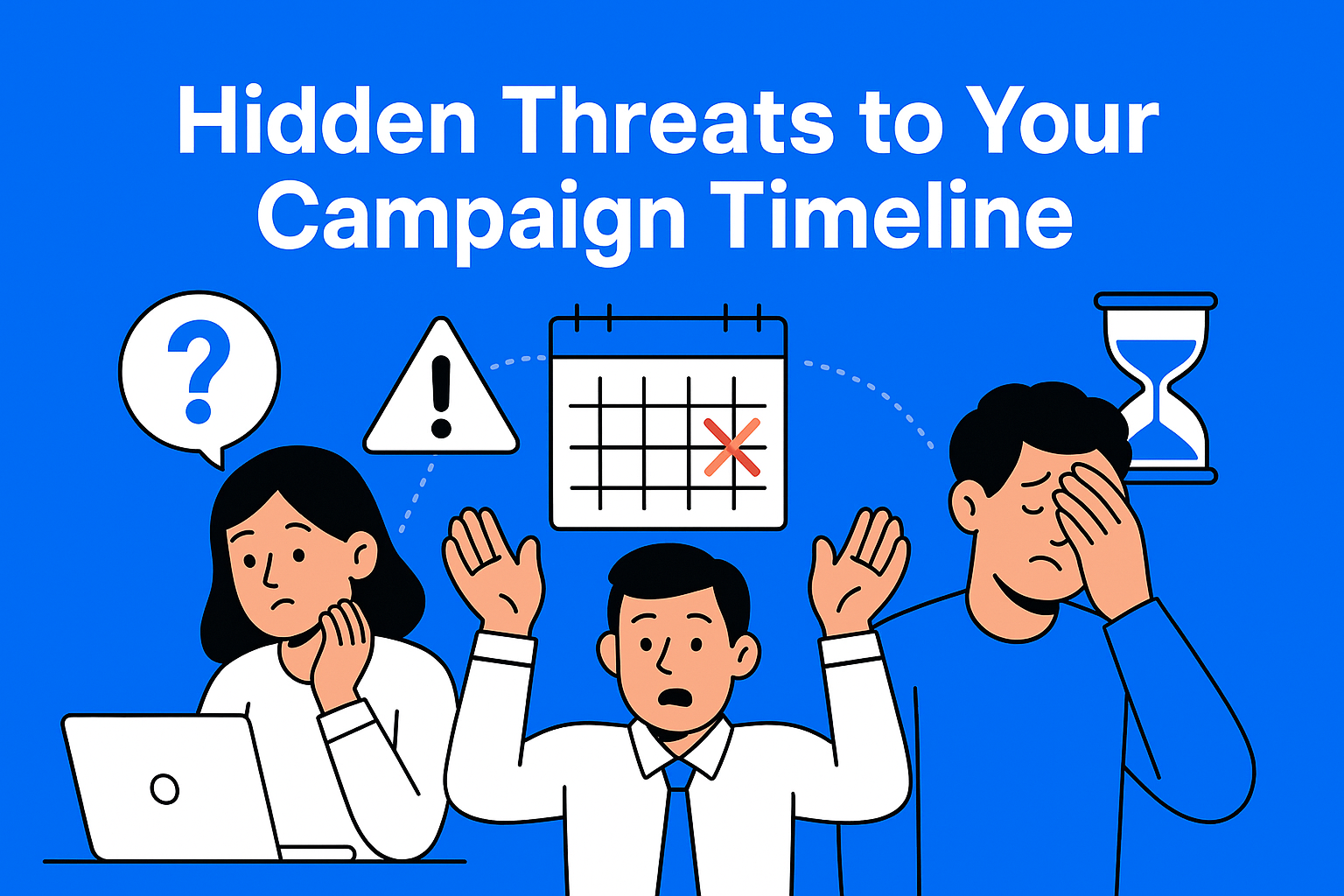Social Media Trends 2025 - What Agencies Should Tell Clients (and How to Deliver)
Discover the key social media trends of 2025 - from AI content and short-form video to social commerce and UGC. Learn what agencies should tell clients and how to turn trends into long-term growth.

Every year we talk about new platforms, algorithms, and tools. But 2025 brings something else - trends that are not just a passing fad, but clear signals of where digital marketing is heading. Agencies now more than ever can be true guides for their clients through these changes. And clients don’t just need a list of trends, they need a clear explanation of what those trends mean for their brand and how they can actually apply them.
In this blog we will go through the most important social media trends in 2025, what agencies should tell clients, and how to deliver on them.
Key Takeaways
- AI and personalization are non-negotiable - audiences expect tailored, relevant content, not generic posts. Start small, but balance automation with authenticity.
- Short-form video is shifting toward micro-niches - forget mass virality. Consistency, relevance, and building engaged communities is what works in 2025.
- Social media is now a direct sales channel - with integrated checkout and AI-driven recommendations, social commerce should be part of a full-funnel strategy.
- Private communities require a new approach - platforms like Discord and WhatsApp offer trust and loyalty, but only when brands show up with value, not noise.
- Authenticity beats perfection - UGC, employee stories, and real-world experiences outperform polished studio ads. Agencies must help brands encourage and curate this content.
AI-driven Content & Personalization
If there is one word that dominates 2025, it’s AI. Gen AI has become an everyday part of the marketing arsenal. Agencies now use it to create copy, visuals, and even personalized responses in real time.
What does this mean for clients? That generic content simply doesn’t work anymore. Audiences expect to see messages that are truly relevant to them. Personalization no longer means just adding a name to a newsletter, but creating content that adapts to a user’s behavior and needs.
How can agencies deliver?
- First, start with small AI campaigns, measure results, and only then scale up.
- Second, warn clients that too much AI-generated content can feel cold and inauthentic.
The balance between automation and human touch will be a key trend.
Short-form Video Evolution
Video has dominated for years, and in 2025 it’s even stronger. TikTok, Reels, and Shorts are still leading, but now attention is shifting to micro-niches. Instead of chasing mass virality, brands are looking for smaller audiences that bring loyalty and real results. These are groups of people with specific interests. With them it’s easier to build trust, drive repeat purchases, and gain recommendations, even if views are smaller.
Micro-niches are communities with shared interests, and even though they are smaller, they are often more engaged. When a brand connects with the right micro-niche, it gains an audience that not only follows the content but actively shares and recommends it to others.
For clients this means the goal is not to “hit the algorithm” once, but to consistently create content that is short, engaging, useful, and above all relevant to their audience.
Agencies should show clients how short videos can build a community. And most importantly - it’s not all about high-end production. Today, people trust authentic videos filmed with a phone more than a polished studio ad.
Social Commerce 2.0
If 2023 was the year of testing social commerce, 2025 is the year it becomes the norm. Integrated checkout means people can shop without leaving the app. This makes shopping simple and fast. When AI recommendations are added, brands sell more easily, and users quickly find the products they need.
For example, when someone buys sneakers in an app, AI can suggest socks or a bag that matches them. This way brands can sell additional products, and customers quickly find what suits them without having to search.
For clients, this means that social media is no longer just an awareness channel, but a direct sales channel. And that changes how budgets and KPIs are planned.
Agencies must be clear: just having a “Shop Now” button is not enough. Social commerce needs to connect with the entire marketing process - from the first touchpoint, through engagement, to purchase and retention. It’s important to track data, use CRM, and continuously optimize.
Decentralized and Private Networks
While big platforms still dominate, closed and decentralized communities are on the rise, such as:
- Discord
- Geneva
- WhatsApp Communities
And other similar platforms that are becoming increasingly important, especially for younger generations who want to escape the noise of algorithms.
Brands entering these communities must do so carefully. Clients need to understand that these spaces don’t provide mass reach like TikTok or Instagram, but rather closer, more personal relationships with the audience. That means more quality, less quantity.
Agencies should show how entering these communities can give brands loyal customers and strong word-of-mouth. But authenticity is crucial - no one wants brands barging in uninvited.
Authenticity and UGC (User-Generated Content)
People trust people. That simple truth is even more important in 2025. Instead of perfect content, audiences want honest stories, experiences, and recommendations. That’s why UGC (user-generated content) is a key strategy.
For clients this means campaigns can no longer stay confined to the studio. Communities need to be involved, encouraged to share their experiences, and that content should be integrated into official channels.
Agencies here have a dual role: encourage audiences to create content and adapt it so it fits the brand. This way there’s a balance between authenticity and professional look.
What Agencies Should Tell Clients
Agencies must openly communicate the following:
- A trend is not magic - just because something is new doesn’t mean it will bring instant ROI.
- Strategy before platform - there’s no point in chasing every new app without a broader goal.
- Resources are key - define how much time, money, and people can be invested in trends.
- Balance - experiments are necessary, but brand consistency must remain.
Clients need to understand that trends are opportunities for testing and growth, but not a replacement for a core marketing strategy.
How Agencies Can Deliver
1. Framework for implementing trends
Instead of jumping on every trend, create a system: test 👉 analyze 👉 scale. Small campaigns are the best way to check how a trend works for a specific audience.
2. Cross-team collaboration
Social media today is not separate. It must connect marketing, sales, and support. Agencies that help clients link these areas will be the ones that stay long-term.
3. Client education
Agencies should not just “do the work” but also explain. Through quarterly trend reports or internal workshops, clients clearly see the added value.
4. Tech Stack & Tools
The right tool means faster and better work. AI for content and analytics, social commerce tools, community management software - all of these are investments that pay off. EasyContent, as a practical tool that makes content planning and creation easier, can also be very useful. Agencies that know how to recommend and implement such tools will be the most valued.
Conclusion
2025 is the year when social media stops being just a place for visibility and becomes an important part of the business model. Agencies are there to explain to clients what that means and how to adapt. The biggest value is not in spotting a trend, but in turning it into long-term growth.
In the end, clients should ask one simple question: How does this trend help my brand grow? If an agency can answer that - with both strategy and execution - then the job is well done.





